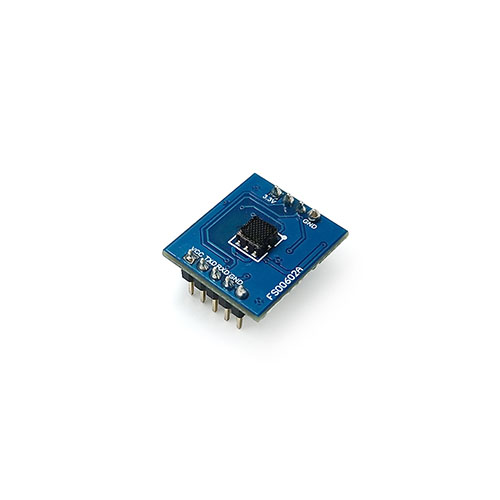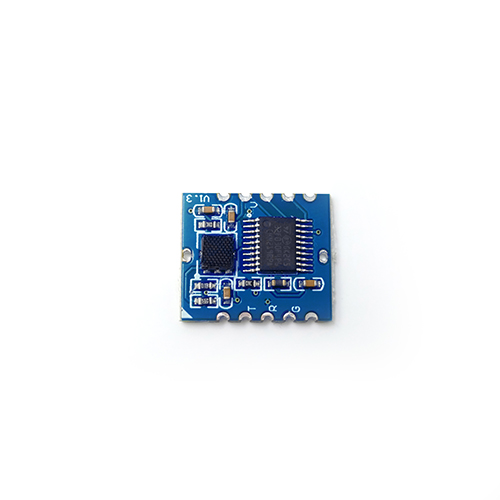Home assistant voc sensor for air quality monitoring
With the improvement of people’s living standard, people have higher and higher requirements for the quality of the environment they live in. As one of the most common environments, the quality of the indoor environment has a critical impact on people’s health, work efficiency, etc. As one of the main devices of home indoor environment monitoring technology, VOC sensor has the reputation of home assistant.
Indoor Air Quality Monitoring
Indoor air quality monitoring is one of the main applications of Home assistant voc sensor. Indoor air may contain a variety of volatile organic compounds (VOCs) from sources such as building materials, furniture, cleaning products, and electronic devices. These VOCs can have a significant impact on indoor air quality and, in high concentrations, can pose a health risk.
VOC sensors for indoor air quality monitoring need to be sensitive to a wide range of VOCs, as the composition of indoor air can vary greatly depending on the specific environment. They also need to be able to detect low concentrations of VOCs, as even low concentrations of VOCs can cause health effects with prolonged exposure.
In addition to sensitivity and selectivity, home assistant voc sensors for indoor air quality monitoring need to be compact, low-power, and cost-effective, as they are often integrated into consumer devices such as air purifiers, HVAC systems, and smart home devices.
One example of the use of VOC sensors in indoor air quality monitoring is smart home devices. These devices continuously monitor indoor air quality and provide real-time feedback to the user. If high levels of VOCs are detected, the device can alert the user or automatically activate an air purifier or ventilation system to improve air quality.
Another example is in office buildings and other commercial spaces, where the Home assistant voc sensor can be used to monitor indoor air quality and ensure a healthy and productive work environment. By continuously monitoring air quality, building managers can take proactive measures to improve indoor air quality, such as increasing ventilation or eliminating sources of volatile organic compounds. This helps to improve the health of the building’s occupants, as well as to increase productivity and reduce sick leave.
Industrial Emissions Monitoring
Industrial emissions monitoring is another key application for VOC sensors. Industries such as petrochemical, manufacturing and waste treatment emit a wide range of volatile organic compounds (VOCs) during their production processes. These emissions can have a significant impact on the environment, as well as pose health risks to workers and nearby communities.
VOC sensors for industrial emissions monitoring need to be highly sensitive and selective, as they are required to detect and quantify specific VOCs in the presence of complex gas mixtures, and they also need to be rugged and reliable, as they are typically used in harsh industrial environments where they may be exposed to high temperatures, high humidity, and corrosive gases.
In addition to these performance requirements, VOC sensors for industrial emissions monitoring need to meet regulatory requirements. Many countries have regulations requiring industries to monitor and control their VOC emissions, and sensors used for this purpose need to meet certain standards of accuracy and reliability.
The petrochemical industry is an example of where VOC sensors are used in industrial emissions monitoring. Petrochemical plants emit a wide range of volatile organic compounds, including benzene, toluene and xylene, and VOC sensors can be used to continuously monitor the concentration of these VOCs in the plant’s emissions, allowing plant operators to identify and resolve any emission issues in real time.
Another example is in the waste treatment industry, where VOC sensors can be used to monitor emissions from the waste treatment process. This helps to ensure that the waste treatment process is operating efficiently and that any VOC emissions are within acceptable limits.
In both instances, the use of VOC sensors helps to reduce the environmental impact of industrial activities, protect the health and safety of workers and nearby communities, and ensure compliance with environmental regulations.
Environmental Monitoring
Environmental monitoring is an important application for VOC sensors. Volatile Organic Compounds (VOCs) are prevalent in the environment from both natural sources such as plants and wildfires, as well as man-made sources such as vehicle exhaust and industrial emissions. These VOCs contribute to air pollution and climate change, as well as having a direct impact on health.
VOC sensors for environmental monitoring need to be highly sensitive, as they typically detect low concentrations of VOCs in ambient air, and selective, as ambient air can contain a wide range of VOCs and other gases. In addition, these sensors need to be rugged and reliable, as they are typically used in outdoor environments and may be exposed to varying weather conditions and other environmental factors.
One example of the use of VOC sensors in environmental monitoring is air quality monitoring networks. These networks, often operated by government agencies, use VOC sensors to continuously monitor air quality in urban areas, industrial zones, and other locations. The data collected by these sensors can be used to track air quality trends, identify pollution hotspots, and inform air quality management strategies.
Another example is in climate research, where VOC sensors can be used to measure the concentration of VOCs in the atmosphere. These measurements can help us better understand the role of VOCs in atmospheric chemistry and climate change. For example, some VOCs can react with other gases in the atmosphere to form ozone and particulate matter, which are key components of air pollution and can also affect climate.
In both of these examples, the use of VOC sensors can provide valuable data to inform efforts to protect the environment and public health. Whether tracking air quality in urban areas or studying the role of VOCs in climate change, VOC sensors play a critical role in our efforts to understand and manage our impact on the environment.








